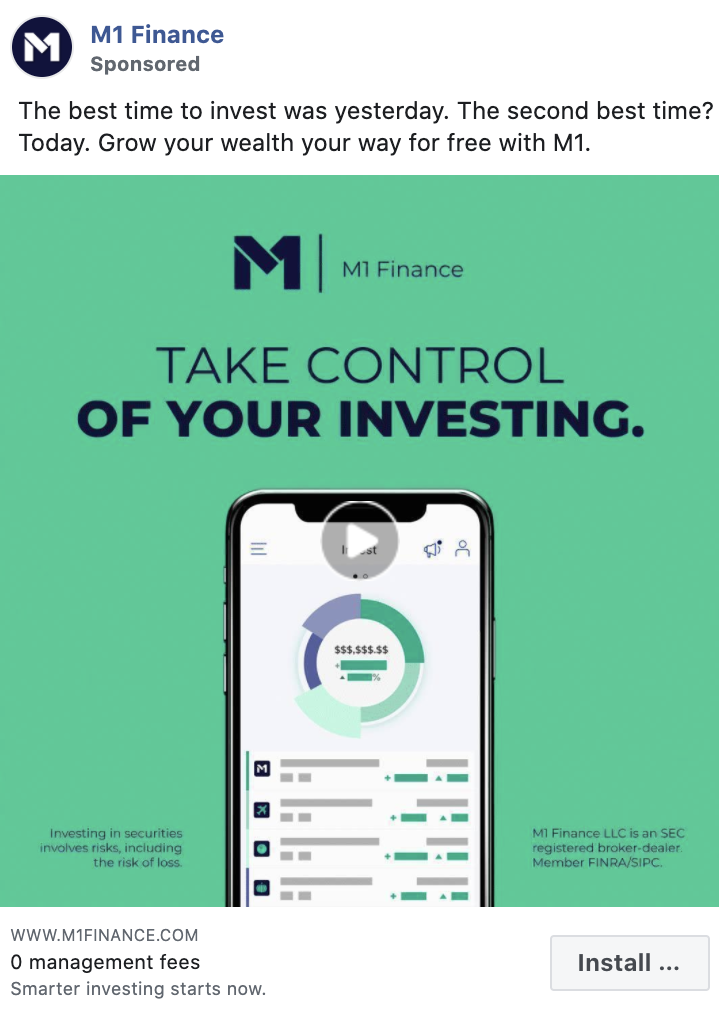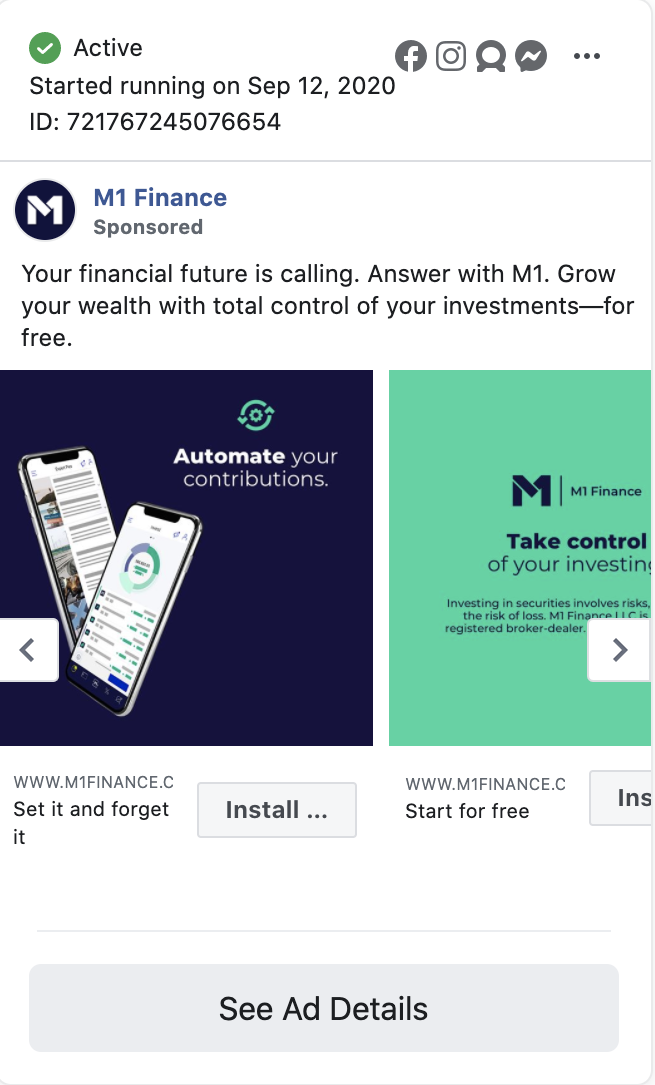7 Expert Tips for Writing Killer Facebook Ad Copy


This post includes contributions from Brent Villiott, Senior Strategist of Social and Creative Strategy at Tinuiti.
The average person sees about 1,700 banner ads per month. And that’s just one style of ad—some marketers estimate that we see upwards of 5,000 ads each day!
As much as they’d like to, advertisers don’t crank out creative for creativity’s sake. That ad your writers spent hours on has to convert. If you can’t immediately discern the purpose of your campaign, your audience won’t either. And, as we discovered above, there are plenty of other ads vying for their attention.
Like David Ogilvy—”The Father of Advertising”—said, “If it doesn’t sell, it isn’t creative.” Want to be heard above the noise? With this primer, you’ll better understand what makes powerful Facebook ad copy and how to effectively tune it for a Facebook-based audience.
Facebook allows users to create and run a wide variety of advertisements. However, in the interest of time and simplicity, we’ll sort them into four basic groups as defined by the company’s ad guide:
Let’s take a deeper dive into that second category—Image Ads. Per Facebook’s guidelines, every post of this kind features the same four components.

Ogilvy also said that “When you have written your headline, you have spent 80 cents out of your dollar.” As the first thing a prospect sees, the copy on your Facebook ad headline needs to be direct and arresting. The catch? You only have 25 characters to work with before your writing gets clipped.
If the headline lays out the purpose of your ad, the body expands upon it. With a 125-character limit, you have more room to write—but what you write depends on your specific goal. Are you introducing a sale? Your brand? Here’s where you can tell everyone about it.
A link description is fairly self-explanatory: It describes where you’re sending customers. It’s a great place to highlight general messages—think “free shipping,” “free returns,” etc. If you don’t have any special features to promote, though, you can leave this 30-character field empty.
Otherwise known as a “CTA,” this button compels shoppers to do something. They’re simpler, in the sense that you must pick from a list of Facebook-provided options, but you still need to pick the one that most closely aligns with your post and its goals.
Want to learn more about Facebook ad specs? Click here.
Who is your brand targeting? Teenaged TikTok users? Older millennials with a penchant for dry humor? Before sitting down to your keyboard, answer that question—it could make all the difference.
Hootsuite notes that “weak social ads (can) create (a) negative emotional response in less than a second.” So, if you want your ad copy to be memorable—for the right reasons—make sure it strikes the right tone.
And once you’ve found your voice, stick to it! A uniform writing style enhances messaging consistency. Use it across your marketing efforts, and you’ll be rewarded with enhanced brand awareness.
Can’t get past your writer’s block? Look for help.
When it comes to inspiration, Milled is an excellent resource. This online database stores newsletters, promotions, and more from thousands of brands. If you’re seeking out a spark for your next project, this is a great place to start!
You can also turn to Facebook’s Ad Library. Start by typing in a page or company—like, say, Tinuiti—to see what ads they’re currently running. For a sharper search, you can further filter results by where ads were run; whether they’re currently live or not; the number of impressions they received over a period of time; and the platform on which they were published.
FOMO—the Fear Of Missing Out—is a powerful thing. Whether you’re publicizing a yearly promotion or pushing a run-of-the-mill sale, light a little fire under your client base by playing up that sentiment.
Here’s a good example of urgent Facebook ad copy from M1 Finance:

Underscore urgency by focusing language on price and time. The former encourages people to buy, especially if there’s a good deal to be had, while the latter inspires users to take action “before it’s too late.”
Together, they make a mighty tag-team!
Sometimes, all a customer needs is a little nudge in the right direction. And there’s no better way to do that than with a positive review.
According to statistics cited by Qualtrics, reviews influenced the purchasing behavior of 93% of consumers. Businesses aren’t immune, either: 92% of B2B buyers admitted they were more likely to purchase a particular product after reading a “trusted” review.
In short: Reviews and testimonials are effective, especially for mid-funnel prospects who may need some extra motivation.
Not all brands lend themselves to emojis—but if yours does, go for it.
Zoominfo notes how “Facebook posts experience an impressive 57% lift” in engagement when emojis are used. They pack a serious punch, and the best part is they’re easy to incorporate into your writing.
Websites like Emojipedia allow you to search emojis by keyword, copy them, and then paste them into your posts. But don’t overdo it: It only takes a click to go from “authentic” to “forced.”
In advertising, copy and design are inexorably linked. Tie them together and you’ll further boost messaging consistency—don’t, and you’ll undermine your work.
Here’s another example of how M1 Finance tied in visuals for an effective Facebook ad:

Ensure that both sides of creative complement each other. Depending on your imagery, you could draw copy from existing assets. Running an ad for a specific product? Pull from its existing webpage!
Split, or A/B, testing is one of the most powerful optimization tools at a marketer’s disposal. By testing one variable at a time, you can more quickly identify which ad elements impact your performance in different ways.
Put your writing under a microscope and see how different versions go over with your intended audience. Everything can be scrutinized—headlines, CTAs, even the decision to write discounts as percentages or hard dollar amounts.
With all of Facebook’s rules and regulations, writing ad copy for the medium seems like a daunting task. A little effort, though, goes a long way.
Start by familiarizing yourself with the website’s ad specs, then better understand your own brand. Write with emotion and clarity, and never forget the power of a headline.
Do that, and you’ll be cranking out high-quality copy in no time.
